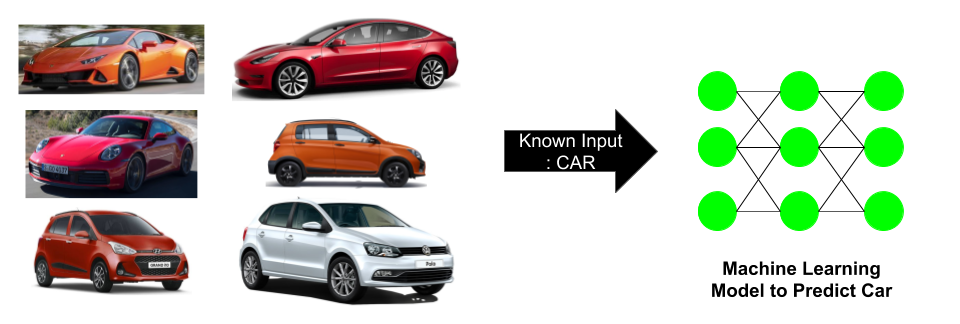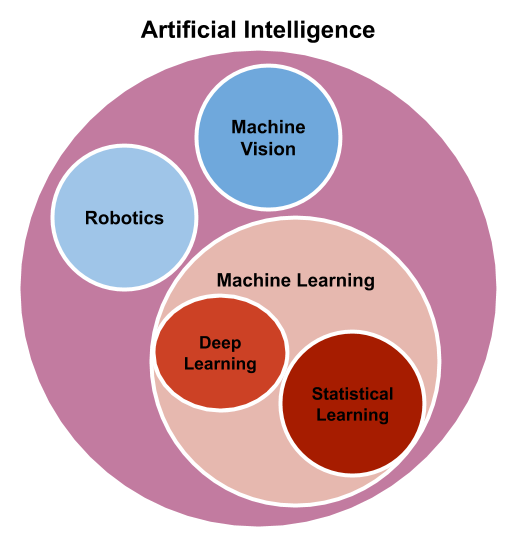Machine learning is a subset of artificial intelligence. Various technology companies are utilizing, Machine learning and artificial intelligence technologies to offer automated solution predictions to their customers. Sometimes these two technologies are used interchangeably, but they are different in terms of their applications and use cases. In this article, we will discuss the difference between Machine Learning vs Artificial Intelligence.
What is the Difference between Machine Learning and Artificial Intelligence
The ultimate goal of AI is to create machines that can think and behave like humans. Whereas machine learning (ML) is a subset of AI that enables machines to learn from data without being explicitly programmed.
To understand the difference between machine learning and artificial intelligence in detail, first we will understand what these technologies are?
What is Machine Learning?
Machine learning is a subset of artificial intelligence that provides machines or computer programs the ability to learn from their own experience or available data without being explicitly programmed. ML algorithms work by analyzing and identifying a pattern in data and doing predictions accordingly. We suggest you also read this article on the applications of machine learning in manufacturing.
Following three types of machine learning techniques are used to do predictions:
- Supervised Learning
- Unsupervised Learning
- Reinforcement Learning
How Machine Learning system Works?
To understand the working of the machine learning system. We will consider an example of the working of ML algorithms to predict if a given image is a car or not. A machine learning system works in the following steps.
- Splitting Data
- Extracting Features
- Cross-Validation Testing
- Prediction
Step-1: Splitting Data Set
The First Step is to split available data into the following three different categories.
- Training Set
- Cross-validation Test
- Test Set

Step-2: Extracting Features using Test Set Data
In this step, The machine learning algorithms use labeled data (or data with known output) for training. ML program extracts features from this data-set and tries to identify a pattern between them.

Step-3: Cross-Validation and testing of ML Algorithm
After the training of the ML algorithm, the Next step is running the Machine learning algorithm on the validation set to ensure if the selected ML algorithm is the right choice for a given problem.
Step-4: Prediction
In this step, We input the un-labeled data to the ML algorithm. Afterward, We run ML Algorithm to identify the pattern and predict results according to previous learning. In this way, Machine learning algorithms learn from experience without being explicitly programmed.
What is Artificial Intelligence?
Machine learning, Deep Learning, machine vision, robotics are subsets of artificial intelligence. Following types of Artificial Intelligence technologies are available in the market.
- Type 1
- Narrow AI
- General AI
- Strong AI
- Type 2
- Reactive Machines
- Limited Memory
- Theory of Mind
- Self Awareness

The ultimate goal of AI is to enable machines to think like humans. Similar to humans, AI-enabled machines can do the following tasks:
- Understand speech in the way humans listen.
- Process images in the way humans see.
- Read the text and speak the text in the way humans do.
- Learn from their mistakes.
In this way, Artificial Intelligent enabled systems can listen, sense and convey information, learn from mistakes similar to humans. For example, AI-enabled Self driving cars are improving with every driving hour experience.
Self-driving cars utilize machine learning, deep learning, sensors, cloud computing, data science, the internet of things, and robotics technologies to drive a driverless car. All of these technologies are components of AI.
Machine Learning vs Artificial Intelligence
| Description | Machine Learning | Artificial Intelligence |
|---|---|---|
| Definition | Allow machines to learn from their own experience and available data without programming explicitly. | AI provides machines the ability to understand and think like humans. |
| Scope | Deep Learning is a subset of Machine Learning. | Robotics, Machine Learning, Machine Vision are a subset of Artificial Intelligence. |
| Goal | The ultimate goal of ML is to make machines that learn from their experience. | The ultimate goal of AI is to enable machines to think like humans. |
| Data Input | ML utilizes data sets to acquire knowledge and experience. | AI utilizes ML, cloud computing, data science, IoT, and robotic technologies. |
| Applications | The ML-enabled system provides insight to its user. Following are the Applications of machine learning:
| AI-enabled systems can take decisions on their own. Following are the applications of Artificial Intelligence:
|
We will keep updating this article on machine learning vs artificial intelligence. Add your comments or questions on the difference between Machine Learning vs artificial intelligence.

Add a Comment